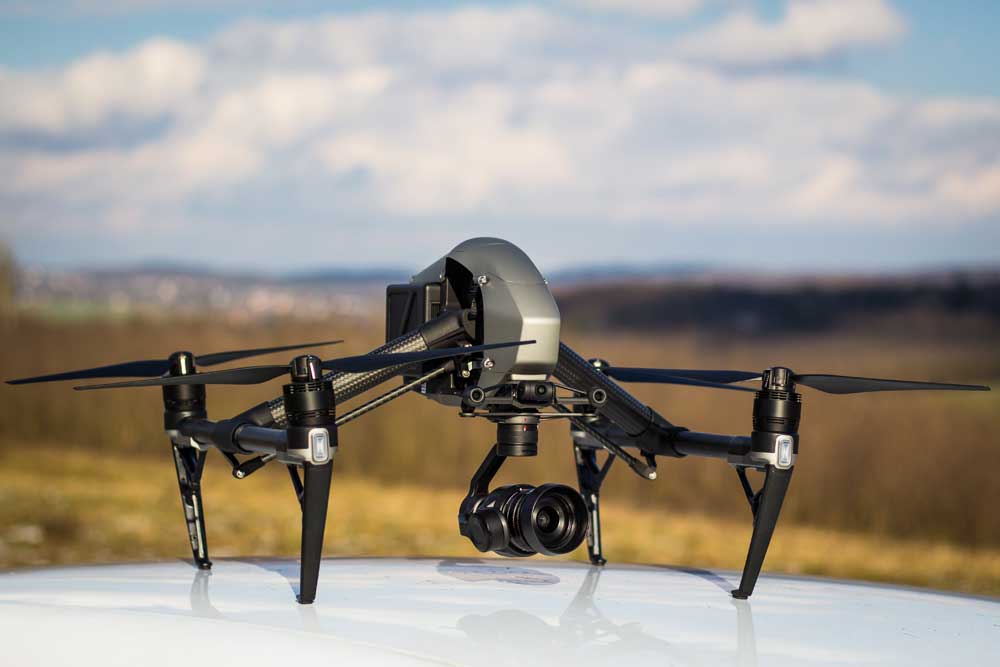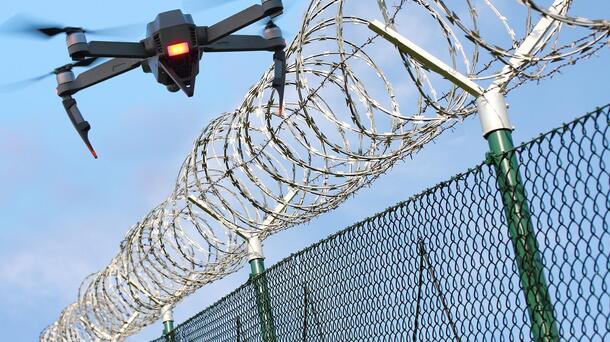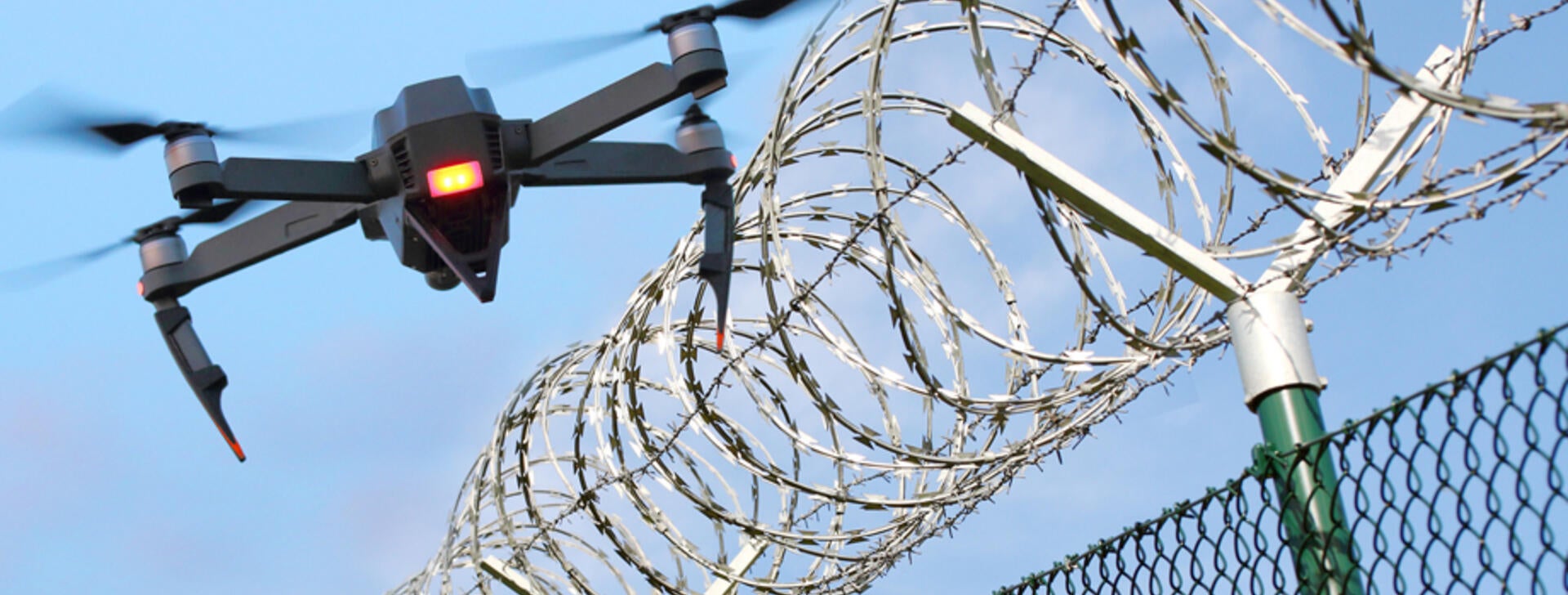The Amsterdam police force registers over 2,000 illegal drone flights every month, partly resulting from the city’s proximity to Schiphol Airport. This undoubtedly results in a lot of hard work for its officers on a regular basis. Similarly, Sussex Police recently needed to increase patrols in Brighton after drones were reported invading public privacy at a local beach. Police forces around the world are more frequently facing a deluge of similar drone-related incidents as time goes on. As drones continue to grow in popularity, they are increasingly difficult to identify, manage and regulate, making it extremely hard for personnel within security and policing-based industries to keep on top of associated threats.
Modern drone detection needs to measure up to the pace of this evolving threat environment and provide security and policing personnel with the means to effectively take action. L3Harris is providing a way to do that with a capability called Drone Guardian. Purpose-built to deploy multiple sensors that build a complete picture of the operating environment, L3Harris’ Drone Guardian Counter-sUAS solution is ready to help personnel protect against drone threats.
A few of the key challenges drones pose within security and policing are as follows:
1. Drones are everywhere
Largely inexpensive and readily available, drones have never been easier to procure than they are today. From sub-250 g drones with cameras to large crop-spraying drones equipped with 30-litre tanks, these aircraft are not only expanding in number but becoming more autonomous and less skills-intensive to fly. According to professional services specialist PwC’s recent report, it is predicted that more than 900,000 drones could be operating in UK skies alone by 2030, which has significant implications for public safety. Despite this surge, very few drone manufacturers offer sufficient geofencing, meaning many drones are not restricted by location and able to travel anywhere if left unchecked.
2. Identifying malicious intent
With an increase in drone numbers comes an increased risk of malicious actors exploiting them for nefarious means. The small size and remote-control capability of commercial drones makes them a powerful tool for conducting illegal surveillance, smuggling contraband and attaching dangerous payloads that can often contain explosives. Of course, it can be very difficult to accurately determine whether a drone is being used maliciously or not, which raises questions about the best approach to countering these small unmanned aircraft systems (sUAS).
3. The legalities of countering drones
In many countries, it is currently illegal to disrupt or damage a drone using countermeasures unless specific permissions have been granted to do so. It is therefore important for security and policing personnel to collate as much information as possible to deduce why a drone has been deployed in order to respond appropriately. A decision can then be reached as to whether this response should be passive, such as relocating assets, or active, such as initiating radio frequency (RF) jamming.

How counter-drone technology can measure up to the evolving threat
Drone Guardian provides a way for police and security services to address these threats in some specific ways:
1. Intuitive detect and track capability
It’s widely recognised that a multi-sensor approach offers superior positional accuracy, reduces false alarms and improves probability of detection. Underpinned by highly intuitive, operator-friendly command and control (C2) software, Drone Guardian correlates high-quality data from multiple sensors for enhanced drone detection, reducing manpower, generating real-time alerts and employing automation. Its open architecture also makes it possible to rapidly integrate both current and future C-sUAS technologies, providing a broad choice of world-class sensors and effectors for maximum coverage and capability.
2. Data capture
Whatever C-sUAS solution you choose to deploy, the ability to capture data is paramount when assessing different threats. Not only can visual images help build a clearer understanding of the drone’s origin and its operator’s intent, they can also be used to prove malicious use. Drone Guardian harnesses electro-optical and infrared cameras to provide multiple zoom still images of the drone, helping to drive decision-making through actionable intelligence.
3. Countermeasures you can count on
Once the nature of a sUAS threat has been determined, an appropriate response can then be initiated. Drone Guardian enables the safe and reliable defeat of individual drones and drone swarms through capabilities that range from the impressive omni-directional non-kinetic countermeasures of L3Harris BROADSHIELD® LCS and CORVUS® ICN land electronic warfare systems to multiple kinetic effectors.
A scalable, highly configurable and future-proof C-sUAS solution, Drone Guardian increases the probability of drone detection, reduces the number of false alarms and minimises the operator burden. If you would like to learn more about what Drone Guardian is able to offer for military, security and policing-based C-sUAS deployments.

